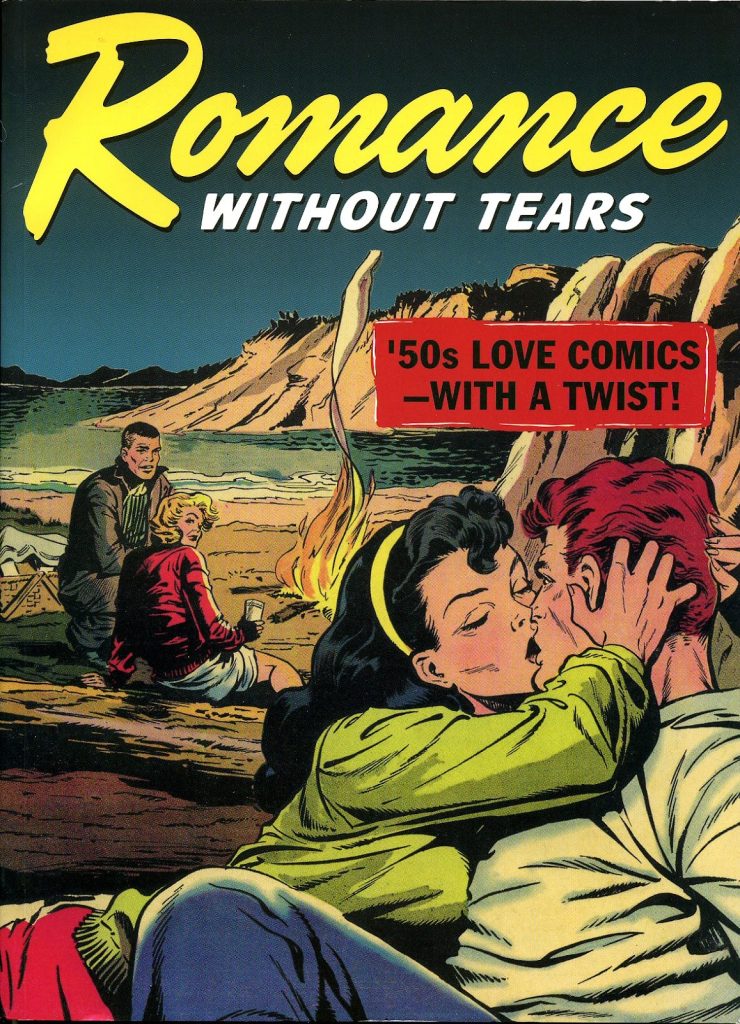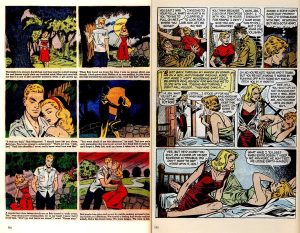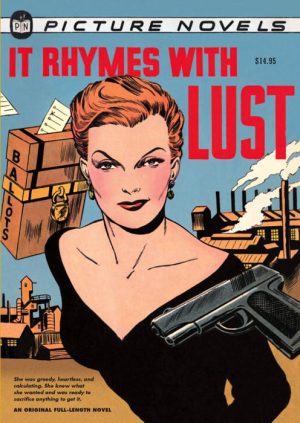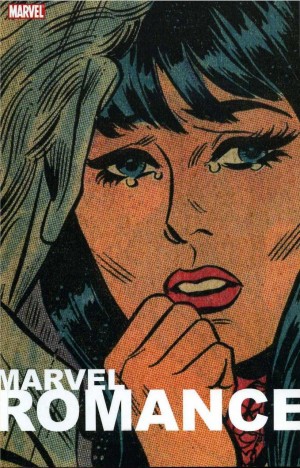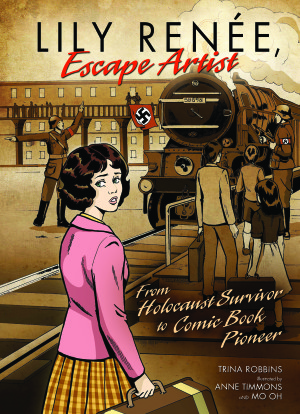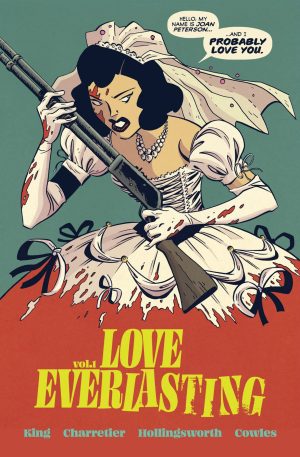Review by Frank Plowright
Only briefly skimming through Romance Without Tears doesn’t reveal much separating the content from any other selection of 1950s romance comics reprints. The stories are extremely wordy by today’s standards, and the art seems functional, but rarely notable. However, reading is required for the differences to be apparent.
Although there can’t be absolute certainty due to the absence of credits and records, editor John Benson believes everything to have been written by one Dana Dutch, identifying connecting characteristics between them. Benson’s lengthy introduction, which quite frankly does any reviewer’s job for them, builds a pattern of what for the time was a radical departure and a progressive view to the stories. The title indicates the absence of romance standbys such as pining, crying and recrimination, as while the trappings may be the 1950s Dutch supplies personalities transcending the times. The teenagers and women consistently think for themselves, extricate themselves from sticky situations and realise that being without a man at the end isn’t failure. A curse of romance comics is artificial behaviour serving melodrama, but Dutch studiously avoids the pitfall via characters whose behaviour can be understood.
As Benson notes, Dutch’s writing style is compact and understated, and while he varies his plots, ‘A Stranger Stole My Heart’ typifies his attitudes. Sally is almost seventeen and tiring of her childhood sweetheart. Clark’s dull, and irritated when she takes a boat ride with his friend, which makes up Sally’s mind to ditch him. She’s introduced to a sailor and gets on well with him, but he stands her up on a planned second date where she meets another sailor and enjoys time spent with him also. Sally knows what she wants and while there’s no hint of anything more than a kiss, her single-mindedness is refreshing for the times when simply defying expectation was frowned on. Whether simply coincidence or planned as part of the plot, Sally definitely has a thing for red haired guys. Some sparkle is sucked away by plain art from Chuck Miller who draws all men with square heads.
Both pages of sample art showcase Matt Baker, illustrator of more strips than anyone else, and Benson also presents a selection of Baker’s covers. The proliferation of large blocks of text and the clash of primitive colouring means it’s necessary to look closely to identify his superior technique. There’s a delicacy to his line, and his compositions and the care taken with posture supply greater life than the remaining artists, although it’s well worth learning of Lily Renée’s life before comics (see recommendations). One interesting technique Baker uses is sometimes placing his primary characters in the background, even using other people in the foreground on his covers.
Allowances have to be made for a sea change in social attitudes since the early 1950s. Back then the word of parents was law even when their daughters were in their late teens, a kiss could be scandalous, and behave badly and your name would forever be tarnished in Hendersville. There’s also the irony of Baker, an African-American artist, drawing exclusively white communities. Within those parameters Dutch constructed pithy dramas that continue to engage, and although out of print this collection bears tracking down for anyone interested in the genre or Baker’s art.
